#medieval books
Text
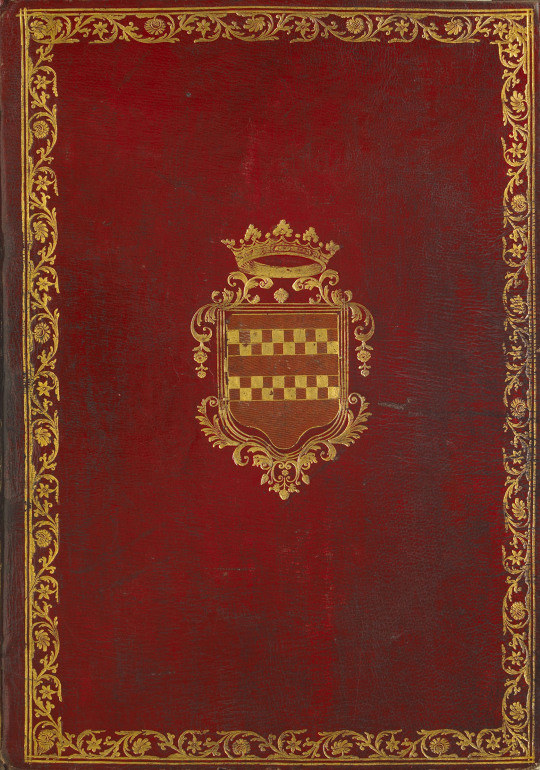



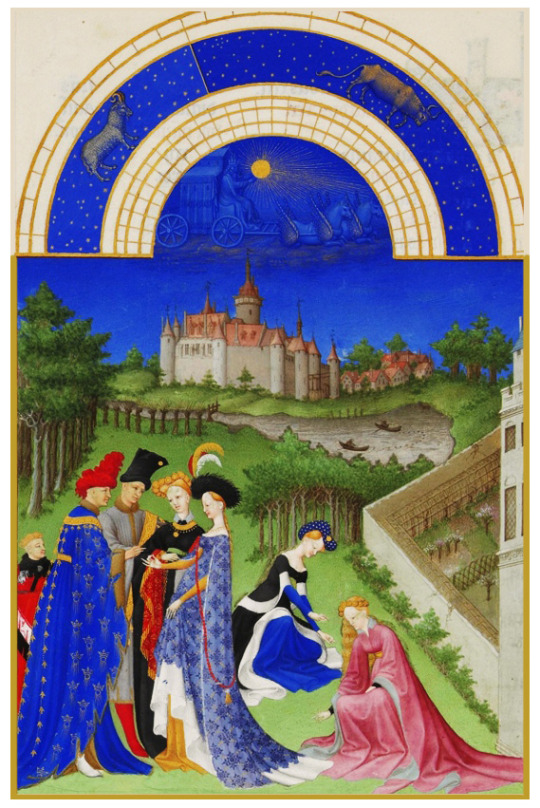
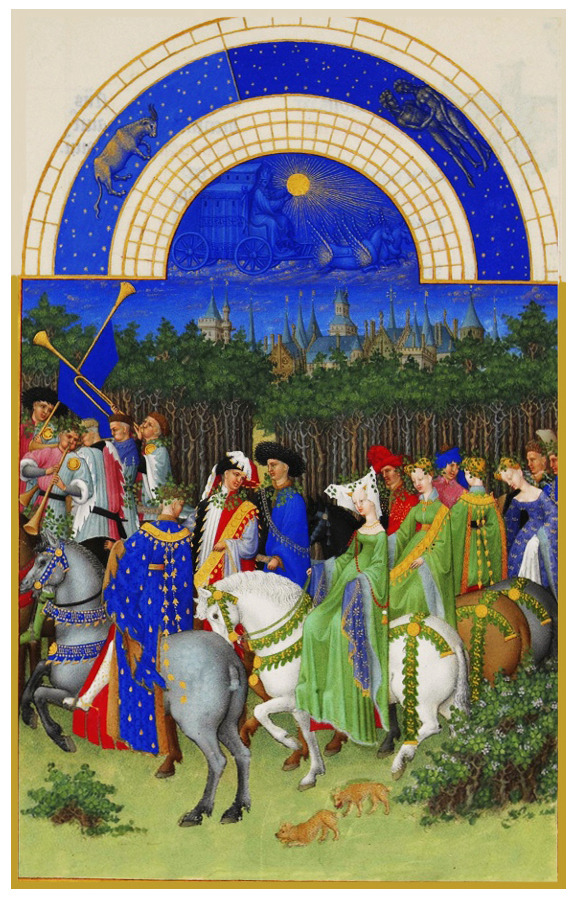

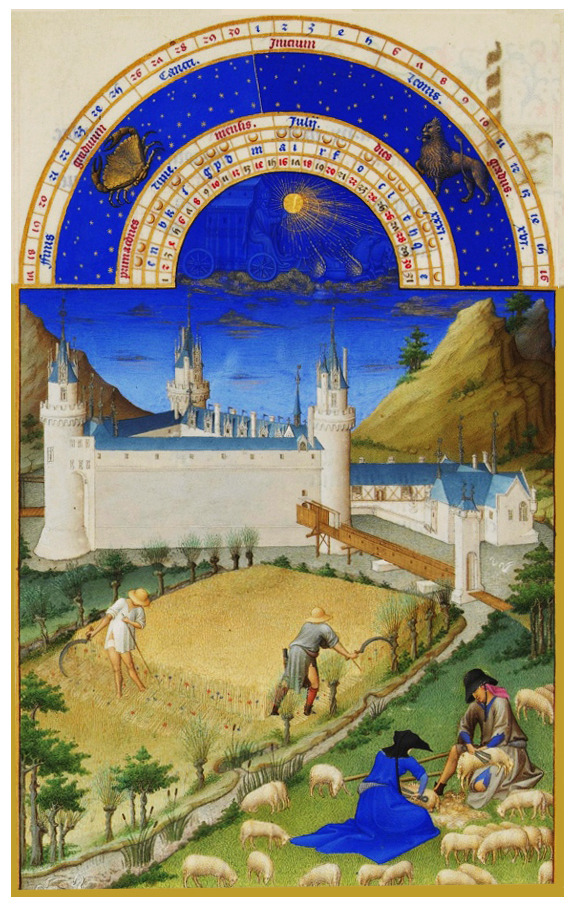

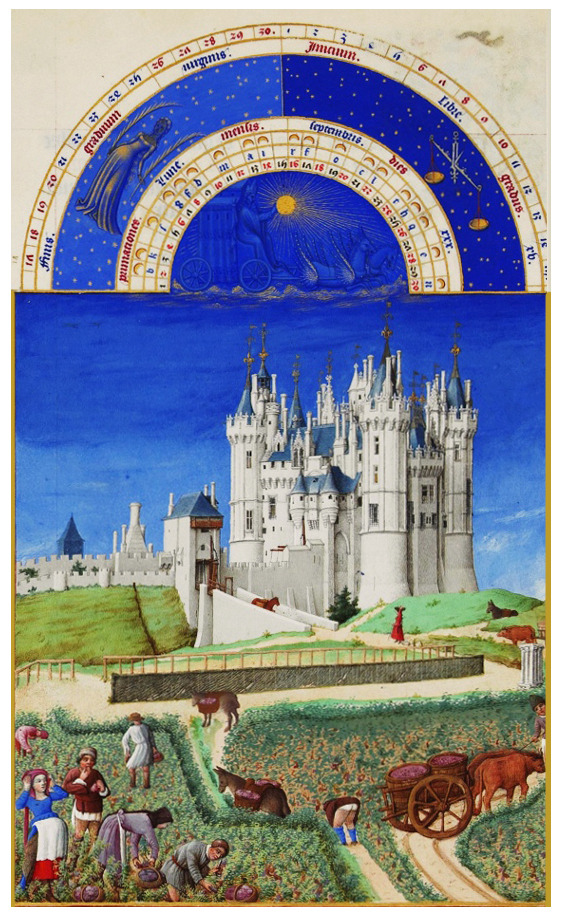
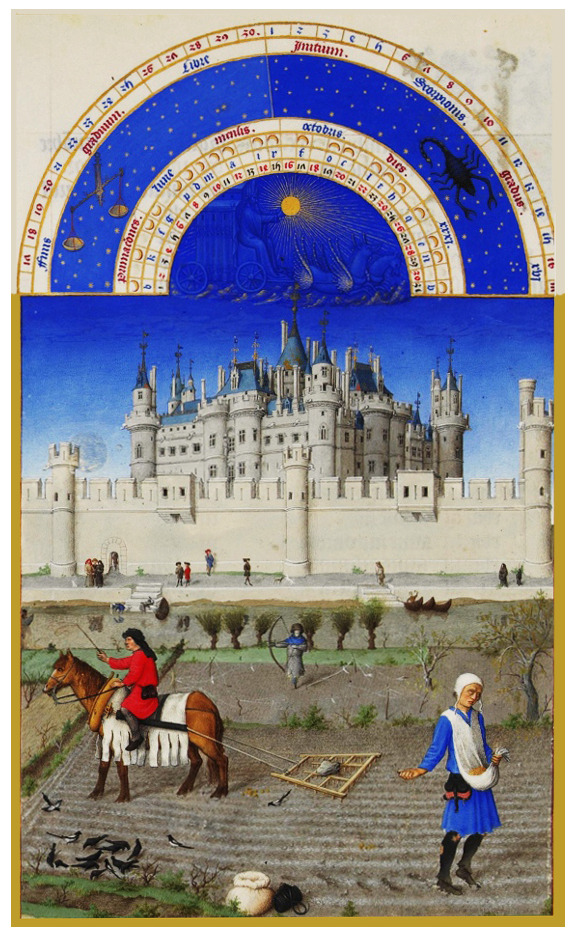

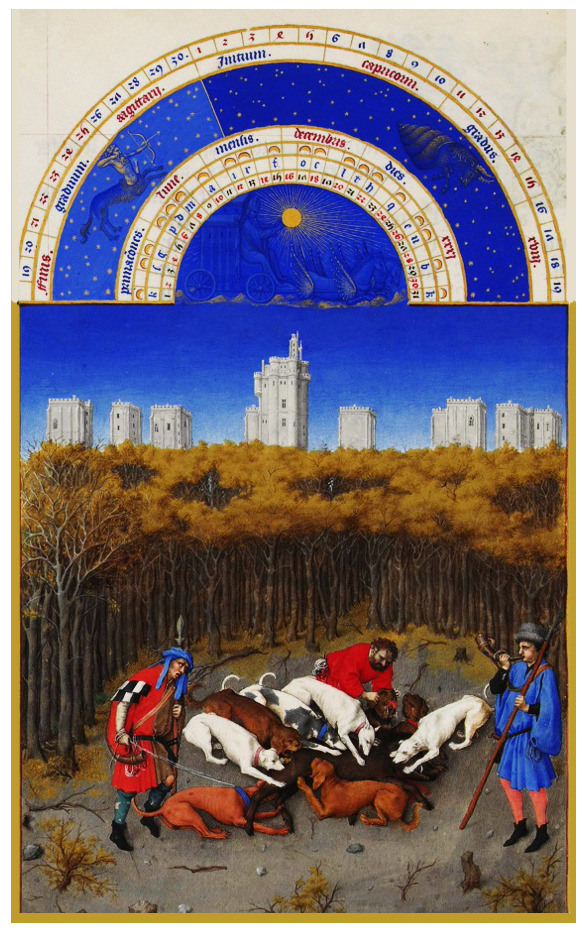
Limbourg Brothers and others - Labors of the 12 months in Tres Riches Heures du Duc de Berry. C. 1412-1416.
83 notes
·
View notes
Text

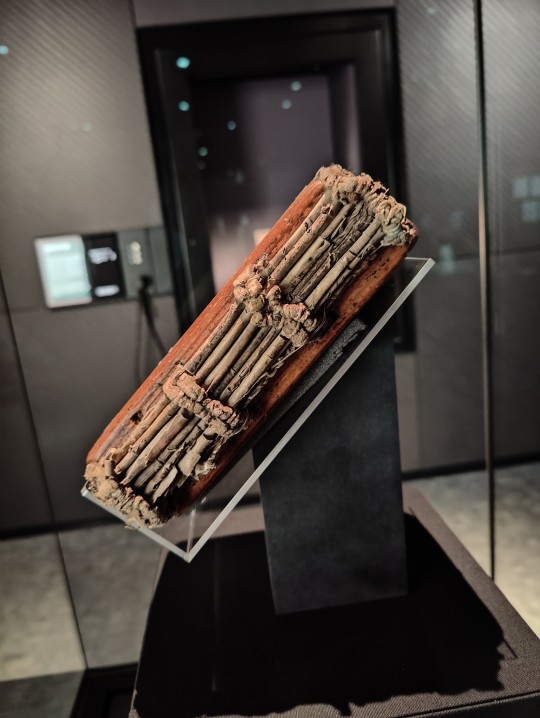
The Kvikne Psalter
The oldest book of Norway, with a wooden cover, showing both latin and runic script, made probably in 1150 - 1200.
51 notes
·
View notes
Text
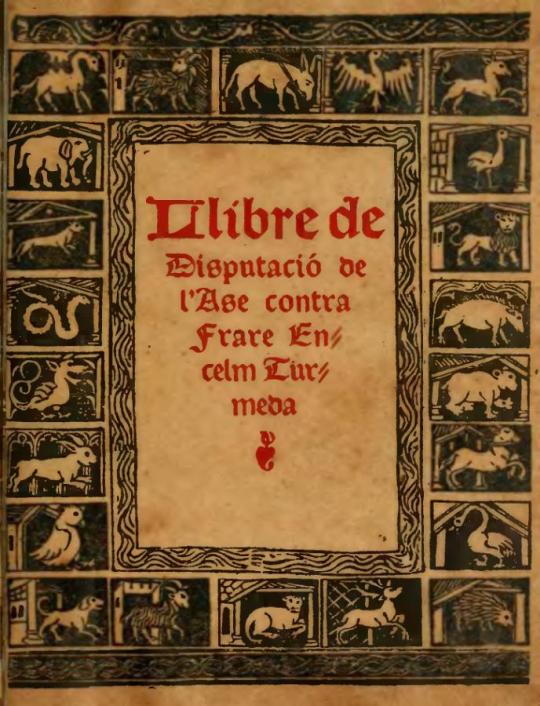
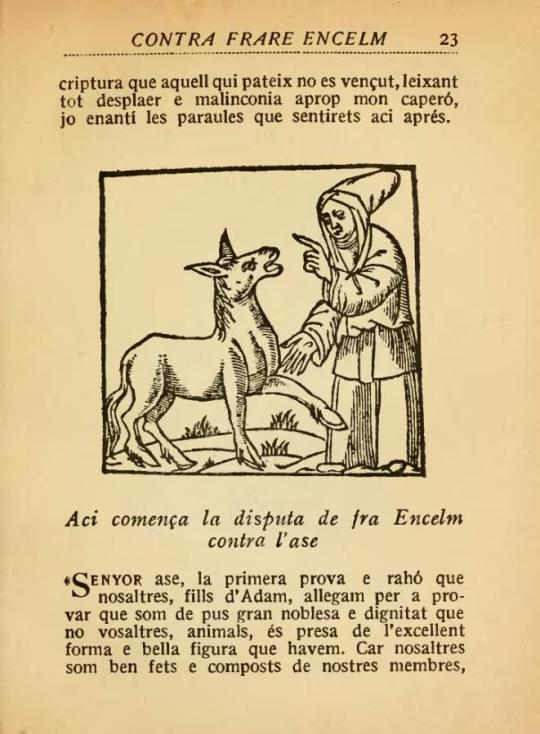
Cover and a page from the 1922 edition of The Donkey's Dispute.
Did you know that, in the year 1417, a writer wrote a novel where he almost looses an argument to a donkey?
This is The Donkey's Dispute (Disputa de l'Ase in Catalan) written by the Mallorcan author called Anselm Turmeda or Abd-Allah at-Tarjuman in his mother tongue Catalan.
The novella tells the story of an animal society where, after the death of their king the Lion, they appoint another lion as the next king. The celebrations for the crowning of the new king wake up Anselm Turmeda, who was sleeping nearby. The animals recognise him as the Mallorcan author who had defended the foolish idea that humans are superior to animals, and they decide to settle the topic with a public debate between Anselm and a representative chosen by the animals.
The animals choose "the filthy donkey with the tail cut off", a humble animal that Anselm dismisses as easy to beat but which proves to have a much higher intellect than expected. Anselm explains an argument for human superiority, but the donkey answers refuting it. Anselm presents 19 arguments, and the donkey makes 18 of them unusable thanks to his smart answers, which he also used to introduce witty and funny stories proving that many religious men are more than happy to take part in the seven deadly sins. The only argument for human superiority that the donkey can't refute is the last one: when God came to Earth, he took the shape of a human man, mixing his divinity with humans and becoming another "son of Adam", thus brother to humans. Jesus Christ did not make himself a donkey.
Even though the novella ends with a religious reference, it also includes moments that criticize the Catholic religious institution. For this reason, the Spanish Inquisition banned the book in 1583. As a result of the Inquisition's persecution, the manuscript and all the copies of the original version in Catalan have been lost, except for one part where the donkey makes a prophecy, which was printed separately.
Luckily, the book had been translated into other languages, and the Inquisition did not reach other countries to destroy the translated copies that were there. We know the full text of the book because a translation into French printed in Lyon in 1544 and a translation into German printed in Montbéliard in 1606 have been preserved.
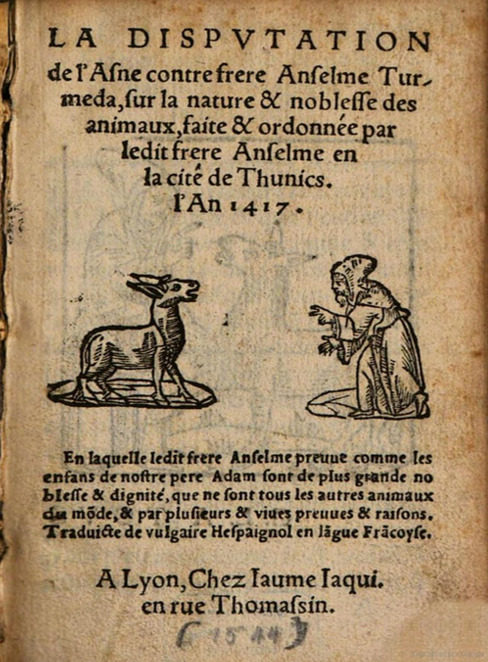
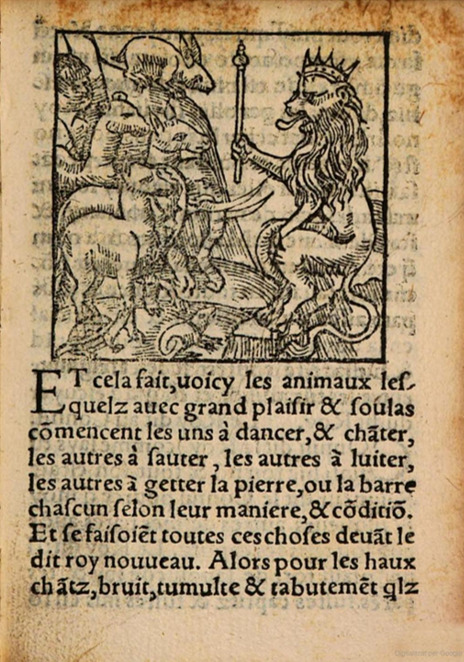
Cover and a page of the French translation from 1544. Google Books.
#literatura#arts#anselm turmeda#disputa de l'ase#la disputa de l'ase#disputa de l'ase contra el frare anselm turmeda#abdallah at-tarjuman#abd-allah at-tarjuman#inquisition#spanish inquisition#books#banned books#literature#medieval#medieval literature#medieval books#middle ages#1400s#1500s
64 notes
·
View notes
Text

heartbook
Bibliothèque Nationale, Paris.
24 notes
·
View notes
Text
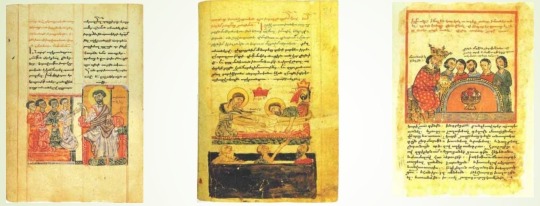
alexander the great as jesus christ in medieval miniatures you'll always be special to me
in order: alexander and other disciples of aristotle, 1526 (venezia, biblioteca di san lazzaro degli armeni, ms kourdian 280, c. 17v); deposition of darius in the sepulchre, 1526 (venezia, biblioteca di san lazzaro degli armeni, ms kourdian 280, c. 88r); last dinner in babylon, XIV century (venezia, biblioteca di san lazzaro degli armeni, ms kourdian 424, c. 117r)
#alexander the great#medieval miniatures#medieval literature#art history#archaeology#historyblr#archaeoblr#artblr#greek history#medieval books#medieval#medieval art#alexander#ancient greece#medieval era#paiawon.txt#studyblr#tagamemnon
25 notes
·
View notes
Text


🗡️Tudor Secret Society Sword Signet Ring!🥀www.shopdixi.com🖤
Join our little secret society with our very special new sword & leaf signet ring. During the Tudor era, signet rings were more than mere adornments; they were emblems of authority, family heritage, and societal status. Crafted with meticulous attention to detail, Tudor signet rings often featured intricate designs and familial crests, serving as personal seals for authenticating documents and correspondence. These rings were symbols of both power and identity, worn by nobility and gentry alike to communicate lineage and allegiance.
🗡️#medievalfantasy #gothicfantasy #darkacademiaaesthetic #witchy #gothic #sword #swordaesthetic
#witchy#gothic#sterling silver#sword#dark acadamia aesthetic#dark acamedia#gothic fantasy#medieval fantasy#medieval books#witchcore#witches
11 notes
·
View notes
Text
R desire
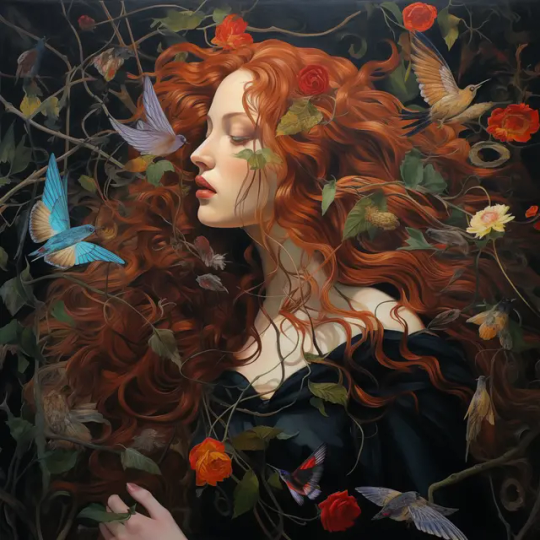
Desire, intensity, ephemeral nature, Oil painting, colors, passionate, Sandro Botticelli, expressive beauty, love, symbolism, depth, multifaceted nature, deep emotional, longing , yearning
4 notes
·
View notes
Text
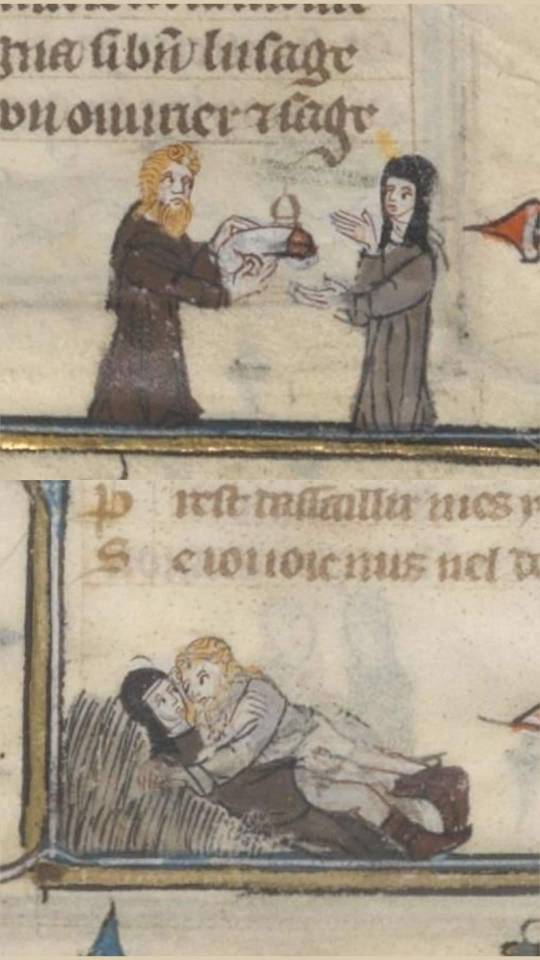
5 notes
·
View notes
Text
Alicent and Rhaenyra--The Page
But if only Alicent had read up more on Nymeria, she might understand the irony of her own actions. Though Rhaenyra does not say so in that scene under the tree, Nymeria’s house, after years of conquest, took over Dorne, and Nymeria ruled as Princess of Dorne for more two decades. She survived over a dozen assassination attempts, quelled two different rebellions, and drove back a couple of invasions. She abolished gender-based succession in Dorne, and her eldest daughter succeeded her.
It’s a little rich for Alicent to send Rhaenyra a history of a ruler who abolished gender-based succession—after leading a coup to place her son on the throne based on the premise that his elder sister should not inherit the crown. (It was equally eye roll inducing when Alicent told the Queen Who Never Was, Rhaenys, last week that she was better suited to rule than Viserys while simultaneously lobbying Rhaenys to support her drunken son Aegon II’s claim to the Iron Throne.)
🔗LINK to Time Article
#alicent hightower#rhaenyra targaryen#rhaenyra and alicent#alicent and rhaenyra#hotd critical#hotd articles#Princess Nymeria#hotd comment#rhaenys and alicent#alicent and rhaenys#westerosi books#medieval books#alicent's page#hotd
12 notes
·
View notes
Text
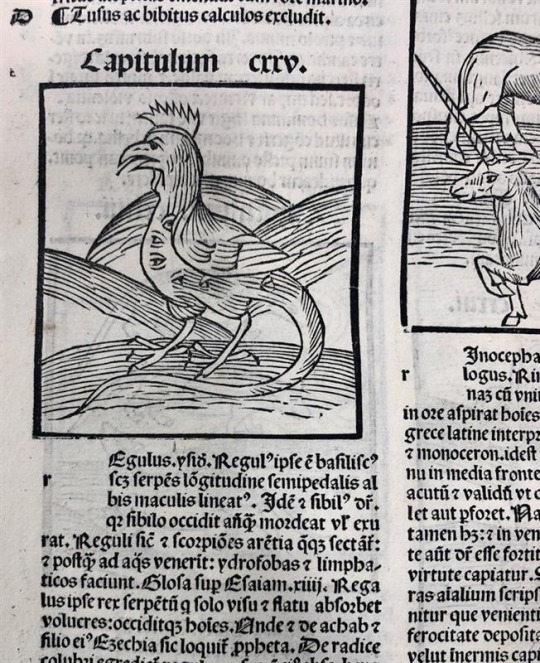
Fact checking just wasn’t quite the same in the early 16th century.
This page detail, taken from the Ortus Sanitatis, includes two animals purported for all intents and purposes to be ‘real’. The influx in mercantile travel during this period is believed to be partly responsible for the propagation of many half-truths and the subsequent abundance of mythological creatures reported as not only being real but as existing in the various ‘new worlds’ being discovered and explored by Western cultures. This is why, in a book that also contains such exotic creatures as lobsters and crocodiles, we also find donkey headed humanoids, and mandrakes, and yes, even unicorns!
Ortus Sanitatis, 1511. Held in the History and Art of the Book collection, State Library of Queensland.
#library#libraries#slq#state library of queensland#dark academia#medieval books#medieval woodcut#medieval book#medieval history#bookbinding#booklr#bookblr#illuminated manuscript#16th century#rare book#support libraries#dark academia aesthetic#aes#medievalist#mythology#unicorn#basilisk#medieval art#medieval memes#oxford#Cambridge#chaotic academia#did you know#history nerd#history
21 notes
·
View notes
Text

The ex libris of Le Duc de Berry in The Belles Heures of Jean de France, duc de Berry. C. 1408.
28 notes
·
View notes
Text

"You can't get forgiveness from God without forgiving others."
You know, that sucks! Some of those others have been very rude to me.
I don't know how to illustrate Jesus' instructions on prayer and fasting. so, thank you patterncooler.com
3 notes
·
View notes
Link
Newly published!
#Middle Ages#Medieval#Books#Manuscripts#book production#Medieval books#Scribe#parchment#illumination#binding
2 notes
·
View notes
Text

My book mail today! I've been wanting to read this for a while. Historical women are so fantastic. I forgot my other reading materials at my partners house, so today I get to start a new book, and this is the one! What a great cover! The only issue is that I bought this one second hand online, so theres surprise green highlighter, and ink underlining, and none of it is straight along the lines. I'm still so excited to finally read this one!
Pious and Rebellious: Jewish Women in Medieval Europe by Avraham Grossman
2 notes
·
View notes